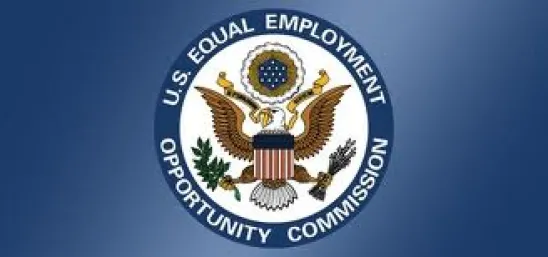On March 1, 2016, the Equal Employment Opportunity Commission (EEOC) filed its first federal lawsuits alleging sexual orientation discrimination against employers. Both cases allege harassment because of sexual orientation by the plaintiffs’ manager or supervisor. Although Title VII does not list sexual orientation as a protected category, since 2012, the EEOC has taken the position that sexual orientation is a subset of sex discrimination, and therefore is also a protected category under Title VII. In a press release, the EEOC highlighted the importance of settling this issue in federal court:
“With the filing of these two suits, EEOC is continuing to solidify its commitment to ensuring that individuals are not discriminated against in workplaces because of their sexual orientation," said EEOC General Counsel David Lopez. "While some federal courts have begun to recognize this right under Title VII, it is critical that all courts do so.”
While the EEOC’s enforcement position on sexual orientation is relatively recent, many states have included sexual orientation as a protected class in private employment for some time, the first being Wisconsin in 1982. Currently, 22 states, including Wisconsin, California, Illinois, Iowa, Maryland, Minnesota and Utah, as well as the District of Columbia, Guam and Puerto Rico, protect against discrimination on the basis of sexual orientation in private employment. Cities such as Madison, WI, also prohibit sexual orientation discrimination. In July 2014, President Obama, by Executive Order 13672, also extended protection against discrimination on the basis of sexual orientation and gender identity to employees of covered federal contractors.
In addition to the rise and expansion of laws in the area of sexual orientation, we have also recently seen an expansion in the area of protection on the basis of gender identity, as well as genetic identity. In 2012, the EEOC held in Macy v. Holder that discrimination against a transgender individual constitutes sex discrimination under Title VII. Currently, at least 21 states have laws prohibiting discrimination based on gender identity. The federal Genetic Information Nondiscrimination Act of 2008 also prohibits discrimination based on genetic information.
If you happen to be an employer that does not fall within a specific statute or ordinance where sexual orientation or gender identity is protected, you are nonetheless wise to refrain from discrimination in this area given the EEOC’s current position and the direction the law is heading. While many employers have made changes to their handbooks and policies to reflect the protection on the basis of sexual orientation, gender identity and genetic identity, there are several other steps employers should consider in order to ensure legal compliance and potential discrimination claims:
-
Make your dress codes gender-neutral, and apply them consistently.
-
Include Lesbian, Gay, Bisexual & Transgender (LGBT) considerations in diversity, non-discrimination and anti-harassment training and education for both supervisors and employees. Include hypotheticals and real-world examples to educate employees.
-
Check in with employees who have recently advised the workplace of their status to ensure their working environment has not changed.
-
Review the Occupational Safety and Health Administration’s recent publication, “A Guide to Restroom Access for Transgender Workers,” which provides that all employees, including transgender employees, should have access to restrooms that correspond with their gender identity.
-
Develop a protocol to assist employees who are undergoing a gender transition.
-
Communicate with a transitioning employee regarding a transition plan, including how the person wants to be recognized informally and formally, personnel document updates and when and how any information will be shared with others in the workplace.
-
Immediately investigate and address complaints of discrimination or harassment.
This is an evolving area of the law, and as time goes on, we expect to see additional recommendations and clarifications, both formally and informally, by state and federal agencies and the courts. While there are still many open questions in this area, such as whether the courts will agree or disagree with the EEOC’s reading of Title VII to encompass sexual orientation and how to address requests by transitioning employees to utilize gender-specific showers or locker rooms, we expect that in the coming months and years there will be more guidance. In the meantime, employers are wise to be aware of the existing and evolving coverage of sexual orientation, gender identity and genetic identity, and to be open to a dialogue with employees about any barriers in the workplace.





 />i
/>i
